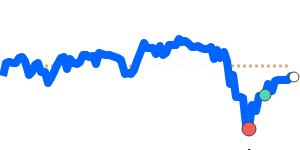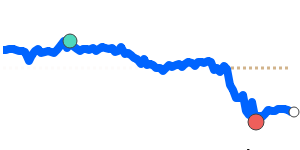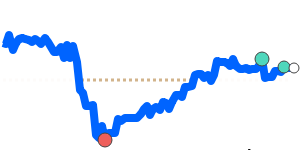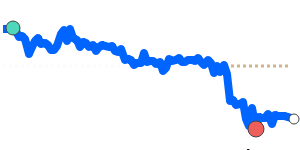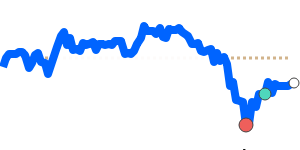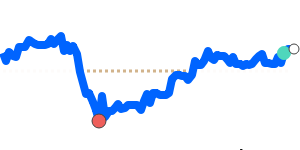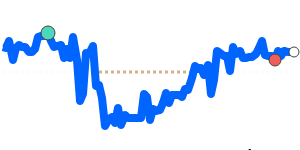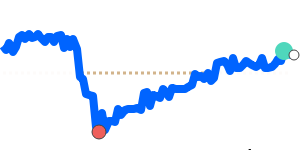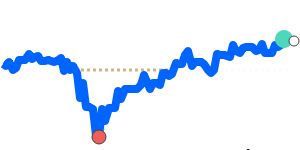The South African Rand (ZAR) has recently shown signs of strength against major currencies, with key moves leading to noteworthy price levels. As of now, the ZAR to USD exchange rate has reached 90-day highs near 0.059594, which is up 2.6% from its three-month average of 0.058084. The ZAR has traded within a relatively stable range of 0.057028 to 0.059594 over the past few months.
Further, the ZAR to EUR pair is at seven-day highs of 0.050687, marking an increase of 1.6% above its three-month average of 0.049888. The stability in this pair has seen it fluctuate within a 4.4% range from 0.048592 to 0.050738. Similarly, against the GBP, the ZAR has reached 90-day highs at 0.044530, which is 2.0% above its three-month average, with a trading range from 0.042189 to 0.044530. The ZAR to JPY is also performing robustly at 9.2304, substantially exceeding its three-month average of 8.8773, within a notable range from 8.4471 to 9.2384.
The recent decision by the South African Reserve Bank (SARB) to cut interest rates by 25 basis points to 6.75% may have contributed to the ZAR’s current performance, reflecting an improved inflation outlook. However, concerns linger as South Africa recorded a trade surplus of 15.58 billion rand in October, which fell short of the anticipated 20 billion rand.
On a brighter note, business confidence has rebounded in Q4, rising by 5 points to 44, surpassing its long-term average. This uptick indicates a promising sentiment among businesses, even as analysts stay vigilant for the upcoming economic data releases, including third-quarter GDP, current account figures, and foreign reserves statistics. These indicators are expected to shape investor perceptions and could further influence the ZAR's trajectory in the near term.
Overall, the ZAR's recent strength reflects a mix of supportive economic developments, but prudence is advised as market participants await critical upcoming data that could sway the currency's direction.
